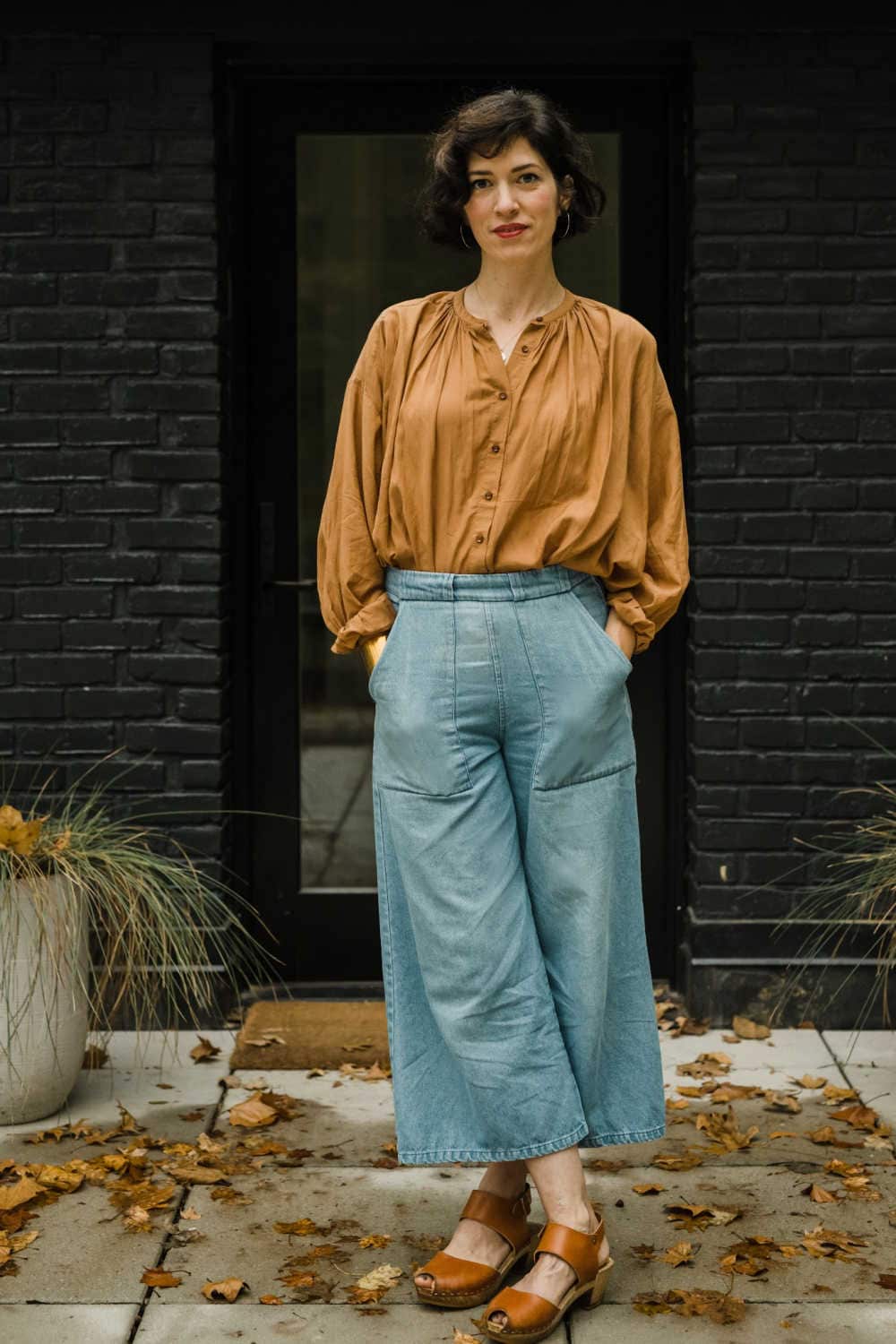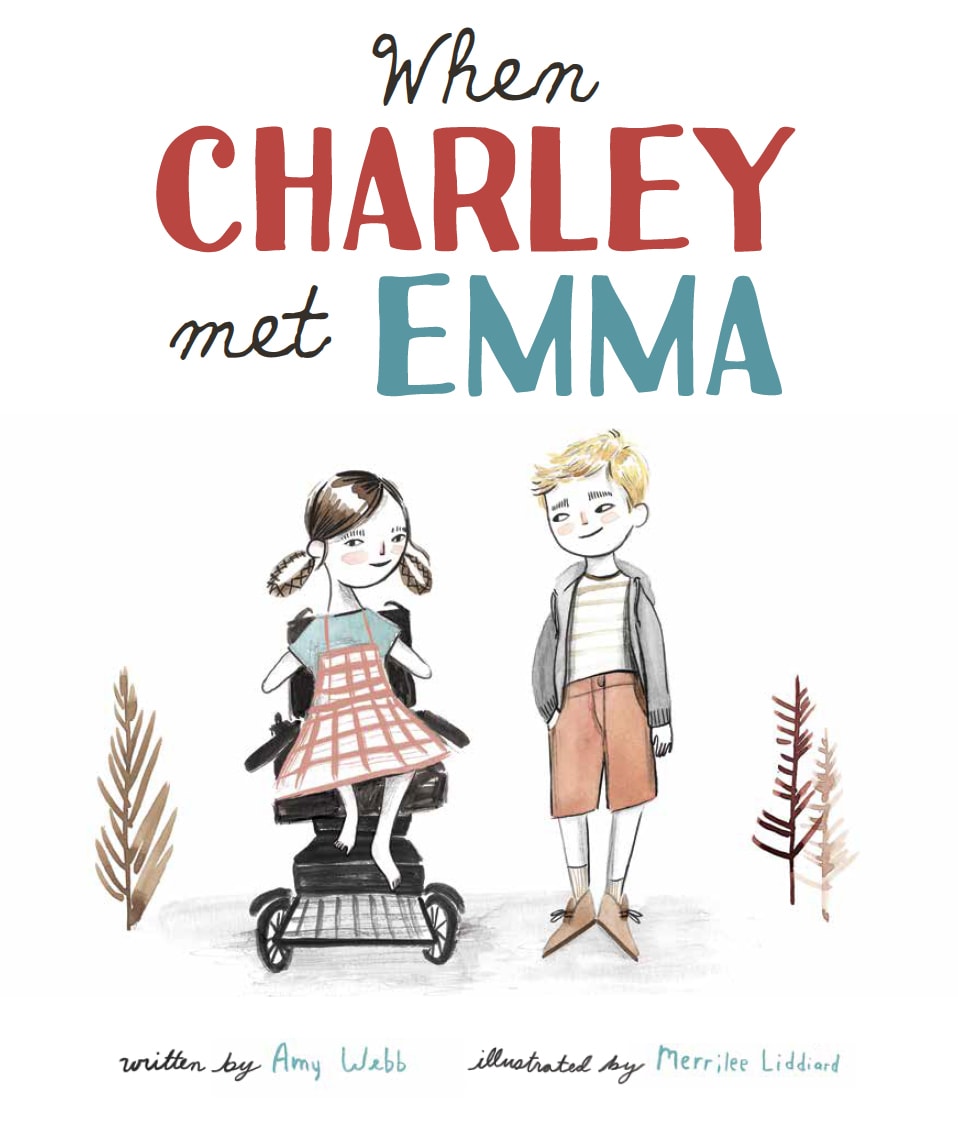.jpg)
This post is a paid partnership with Voice of Play. You can learn more about Voice of Play here and their mission to increase education and awareness about the many benefits of children’s play. This campaign aims to raise awareness about inclusive playgrounds, as well as share tips and information about how to advocate for inclusive playgrounds in your community.
Last September, I was out of town when my husband sent me a video of the new playground that was finally open in our community. The playground was overflowing with children playing and running everywhere. I got a little teary as I thought, “We helped build that.”
Yes there was a playground there before, but this was more than just a glow-up. This was a transformative, extreme makeover that started with a drab, inaccessible “playground” surrounded by a curb and covered in mulch (which is inaccessible) that hardly any children played on, transformed into a truly inclusive playground with a lot of options for kids of all abilities, and that was currently covered with children like ants on an ant hill. The contrast was stark. I was smiling from ear to ear.
Here’s how our community built an inclusive playground:
First, you should probably understand that there are a lot of playgrounds that meet the minimum ADA (Americans with Disabilities Act) standards, are therefore considered “accessible.” For instance, a playground doesn’t have to have any ramps to be considered accessible. As long as there are 2 elements on a playground that a child in a wheelchair can reach, then it’s considered “accessible.” This is why you see so many steering wheels, tic-tac-toe games, music chimes, etc on the bottom of playground equipment. (Yes, that’s why playgrounds have those things! And when was the last time you saw a child play with one of those elements for an extended amount of time?) Therefore, a truly inclusive playground–one in which there are many structures, experiences and elements that are available to children of all abilities–goes far beyond minimum standards.
In our community, it started with one person: a city council woman. She had the idea to reach out to those of us in the community who have kids or family members with disabilities, to see if we might come and meet with the city council about a new playground. What started with a single invitation to one meeting became a collaboration between the city and a group of citizens, our children included, who knew what a truly accessible and inclusive playground could be.
None of us were playground experts, but at the same time we sorta were. When you have a child with a disability, you’ll find that you suddenly become an expert, to a greater or lesser degree, on a lot of things. I knew from my oldest daughter and my own experience, what a playground is for most kids: A space to use your body in all sorts of exciting ways, while interacting and playing with other kids at the same time. With my second daughter Lamp*, who is disabled, I quickly learned what playgrounds could also be: Exclusive. Not fun and difficult if not impossible to actually play on or interact with. I actually dreaded playgroups and meet ups at the playground with my second daughter because it was never an enjoyable situation for us.
To this day, the thing that stood out to me about that first meeting was when someone asked us what playgrounds we liked to take our kids to, and one mom responded, “Oh we don’t go to playgrounds. Those aren’t fun for us.” The other mom and I nodded along, we felt similarly–playgrounds were not a place our children typically enjoyed. The looks on the faces of the city council members told us this was surprising information to them.
.jpg) Coming up with a plan for the playground was a back and forth process over the course of several meetings where we gave suggestions, looked over plans, then give more suggestions, and revised the plans. We brought our kids along as well and they helped to select everything from playground equipment to the flooring. In fact, because Lamp is often in and out of her wheelchair and can scoot on the ground, she felt the various turf samples and choose the softest one for the final playground. I think about that moment when I see a baby crawling on the soft turf and smile. That was chosen by someone who gets it, sweet baby.
Coming up with a plan for the playground was a back and forth process over the course of several meetings where we gave suggestions, looked over plans, then give more suggestions, and revised the plans. We brought our kids along as well and they helped to select everything from playground equipment to the flooring. In fact, because Lamp is often in and out of her wheelchair and can scoot on the ground, she felt the various turf samples and choose the softest one for the final playground. I think about that moment when I see a baby crawling on the soft turf and smile. That was chosen by someone who gets it, sweet baby.
The process was eye opening for everyone, including myself. I began to see how imperative it was to have different points of view–ie different disabilities–represented in the room. For example we had 3 different wheelchair users, with three very different ways they can use their bodies. While Lamp uses a power wheelchair (much heavier than manual wheelchairs) she can also be in and out of her wheelchair independently, while John* stays in his wheelchair most of the time and needs assistance to access things like slides. Then there is Maddie* who needs the constant support of her power wheelchair, but as an adult she still wants to access the space to engage with younger family members. And another child uses a walker, which again provided additional insight.
And then of course there was the money. Thankfully, since our community came to us, there were already plans for a new park and efforts toward funding. Not to say it was easy–it took a lot of work on our city’s part. From grants and city funding, they also got some funding from the state which was very exciting. Toward the end, we did ask for donations from our community to help get us over the finish line, but it wasn’t very much. Also, we kept costs low by opting to do a community build.
.jpg) A community build is just like it sounds! The community comes out and actually helps build the playground. There are certain elements that were done professionally, but for decent portion of the playground building was us! Our community. My family, other families, it was such a great thing to be a part of.
A community build is just like it sounds! The community comes out and actually helps build the playground. There are certain elements that were done professionally, but for decent portion of the playground building was us! Our community. My family, other families, it was such a great thing to be a part of.
The entire process took almost 4 years. (COVID came right in the middle of it all, so I’m going to assume 4 years is longer than normal.) On any given sunny or slightly warm day, I can drive by the playground and find it buzzing with kids–the little ones during the day, and the slightly bigger ones in the afternoon and evenings. I take Zuzu there fairly often to meet friends after school and play. Additionally, our local businesses near the playground have seen increased sales since the new playground opened.
.jpg)
Truth be told, Lamp has outgrown playgrounds from the time we started planning until now. But that’s OK. She used her voice and her lived experience to help build something that will benefit other kids for decades to come and that’s not nothing.
It’s actually quite something.
*Aliases used in place of actual names.



This is heart warming! I am so glad it was an inclusive project!